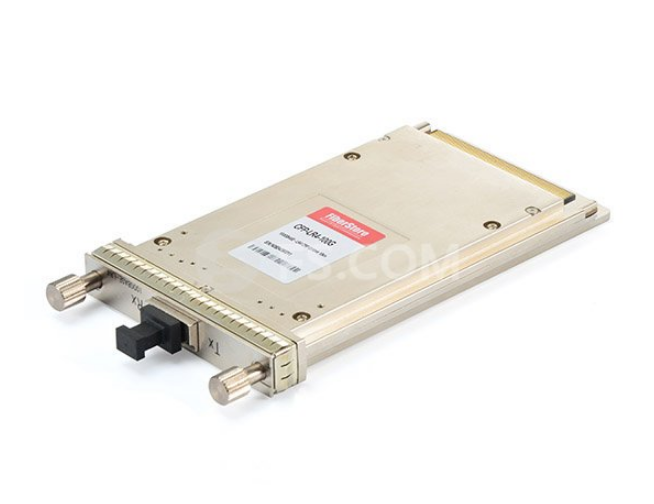Fiber Connectors are susceptible to be damaged which is not immediately obvious to the naked eye. The damage can have significant effects on measurements. Member any degradation of a fiber ferrule or fiber endface, any stray particles or finger oil on the endface, can have a significant effect on connector performance.
Fiber optic connector and connector ferrules have to be completely cleaned to make sure the trouble totally free working of fiber optic systems. As you’ve devote superior money installing a fiber optic, you might want to opt for a world course fiber optic connector cleaner and bnc coaxial connector to help keep it in superior shape.
Well, cleaning fiber optic connector can be done either with the help of a professional service provider or with the help of DIY kits. Below are a couple of time-tested methods.
1. Use Wipes And Solvents
This is probably the most widely used method of cleaning for the fiber optic parts. Cotton, cloth or lens paper is usually used for using this technique. Fabric and/or composite material wipes provide combined mechanical action and absorbency to remove contamination. Wipes should be used with a resilient pad in order avoid potential scratching of the connector end-face. Most solvents can provide good cleaning for the surfaces and tend to leave a slight residue that evaporates after a while.
This method is appropriate for cleaning connectors with exposed ferrules or termini but cannot be used to clean connector end-faces within alignment sleeves. The wipe should be constructed of material that is lint free and non-debris producing during the cleaning process. Please note that dry wipes have been shown to leave a static charge on the end-face of the connector which can thereafter attract particulate contamination. Therefore it is recommended that a static dissipative solvent be used with a dry wipe to eliminate this condition.
If the connector is not clean after the first cleaning, the process can be repeated perhaps with slightly more pressure on the connector to increase the mechanical action and perhaps making several stokes from the damp to dry sections of the cleaning material.
2. Cleaning Through Connector Reels
Optipop and Cletop are the most widely used reel connectors that are used in the industry for proper cleaning solutions. These work on the function of a resilient pad, sliding dust cover as well as a certain mechanism that tends to keep these small parts of the gadget working known as the ratcheting mechanism. The connector is inserted into an fiber microscope. This is done to check how clean the connector is.
About Solvents
Solvents used to clean fiber optics should be static-dissipative and residue-free. Many solvents are flammable and/or packaged so that transportation of the solvent is considered a hazardous material increasing cost of shipment and storage of the solvent. However, there are solvents available that are non-flammable and non-hazardous and packaged so that shipping requires no additional fees or paperwork.
Mind:
The methods require technical skill and expertize, it is advisable to trust the best in line professionals for fiber optic cleaning. Professional groups will not only ensure that your connectors are taken good care of, but also will prevent any sort of technical failures due to improper cleaning techniques.























.jpg)
.jpg)